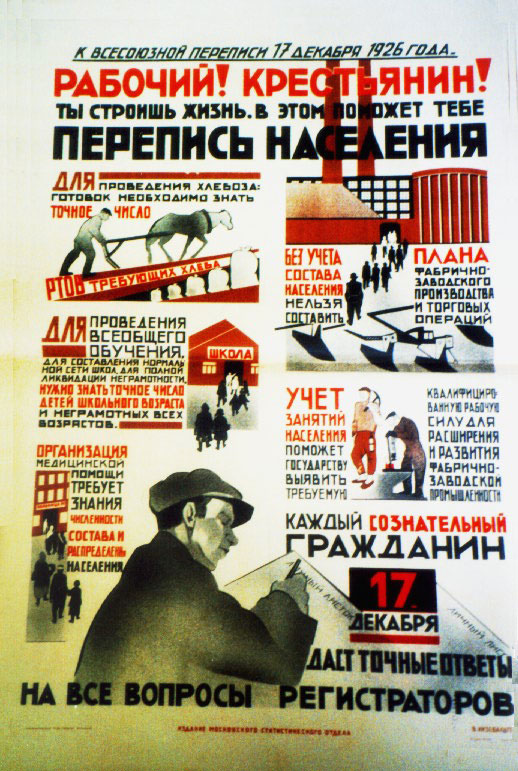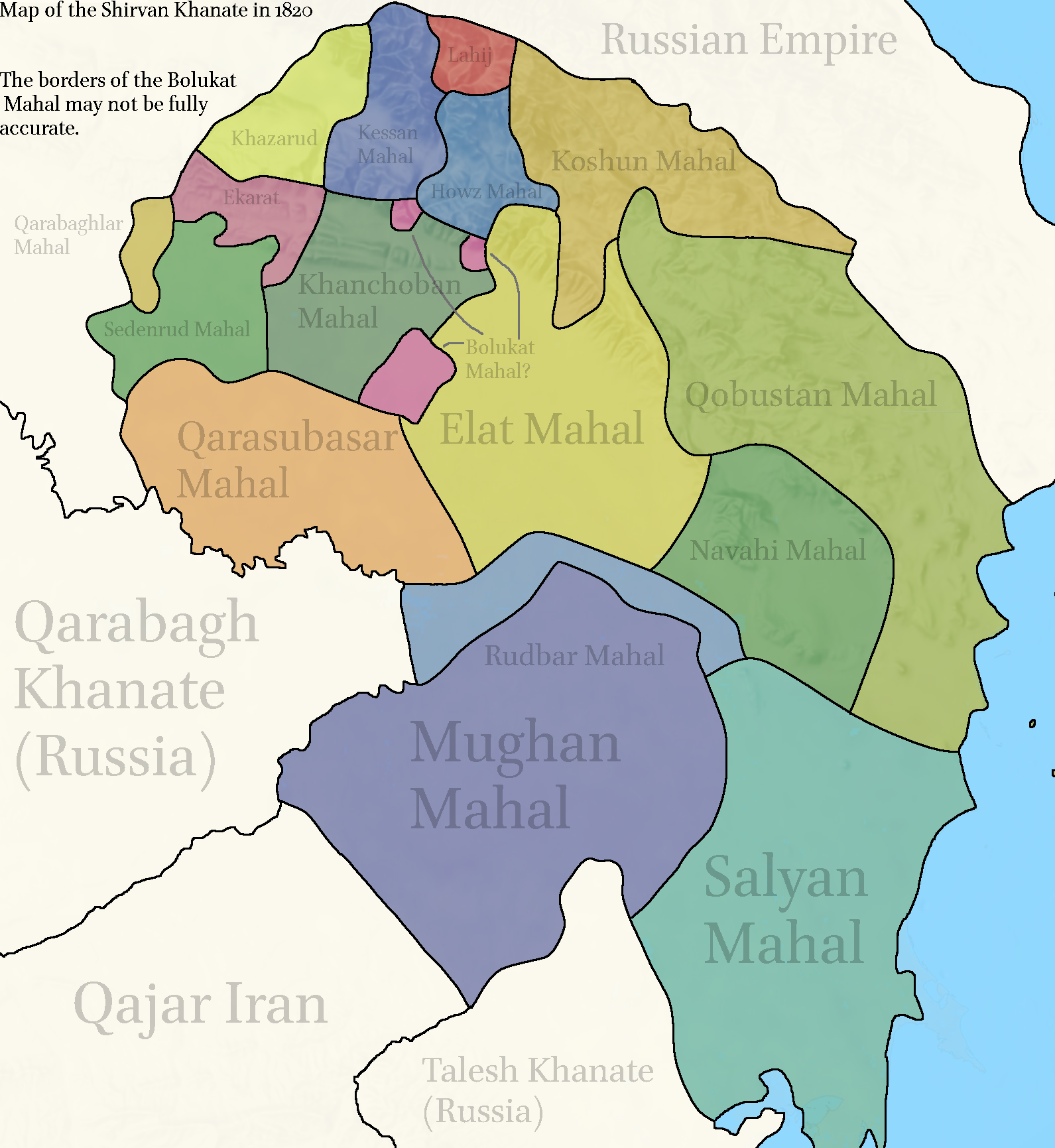|
Khinalug People
The Khinalugs ( az, Xınalıqlılar, Khinalug: , ) are an indigenous people of Azerbaijan and speak the Khinalug language, a Northeast Caucasian language. The Khinalugs are indigenous to the Quba District and have been named after their main village, Khinalug. It is one of the peoples that have traditionally been called Shahdagh (together with Budukh people and Kryts people). History The first written information about the Khinalug people is from the 18th century. Because there is no information about their history, it is impossible to study their ethnogenesis. There were some attempts to identify an ethnogenetical relation between the Khinalug people and the tribes of Caucasian Albania. A. Geybullaev considered the endonym to be related to the name of one of the Caucasian Albanian tribes, ''ket''/''gat''. Another attempt was made by Anatoly Novoseltsev. He wrote: ''"Of those (i.e. tribes mentioned in Ashkharatsuyts—N.d.R), I think, the most interesting are Khenuks ( ... [...More Info...] [...Related Items...] OR: [Wikipedia] [Google] [Baidu] |
Ermakov
Yermakov (russian: Ермаков), or Yermakova (feminine: Ермакова), sometimes spelt Ermakov or Ermakova respective of the gender, is a Russian surname. Notable people with the surname include: * Anastasiya Yermakova (born 1983), Russian Olympic synchronised swimmer *Dmitri Ivanovich Yermakov Dmitri Ivanovich Yermakov (russian: Дмитрий Иванович Ермаков) (1846 – November 10, 1916) was a Russian Empire photographer known for his series of the Caucasian photographs. Life and career Yermakov was born in Tiflis in ... (1846–1916), Russian photographer * Nicholas Yermakov/ Simon Hawke, American writer * Pyotr Ermakov, Bolshevik war commissar * Yevgeniya Yermakova (born 1976), Kazakh freestyle swimmer {{surname, Yermakov Russian-language surnames ... [...More Info...] [...Related Items...] OR: [Wikipedia] [Google] [Baidu] |
Ashkharatsuyts
''Ashkharatsuyts'' or ''Ašxarhac′oyc′'' (Աշխարհացոյց (traditional); Աշխարհացույց ( reformed)), often translated as ''Geography'' in English sources, is an early Medieval Armenian illustrated book by Anania Shirakatsi. It is about the geography of Armenia, Georgia, Iran, Iraq, etc. ''Ashkharatsuyts'' is the oldest book in Matenadaran on geography. . Matenadaran
The Matenadaran ( hy, Մատենադարան), officially the Mesrop Mashtots Institute of Ancient Manuscripts, is a museum, repository of manuscripts, and a research institute in Yerevan, Armenia. It is the world's largest repository of Armenia ... . Accessed October 28, 2009 ...
[...More Info...] [...Related Items...] OR: [Wikipedia] [Google] [Baidu] |
Lezgins
Lezgins or Leks ( lez, Лезгияр, Лекьер. lezgijar) are a Northeast Caucasian ethnic group native predominantly to southern Dagestan, a republic of Russia, and northeastern Azerbaijan. The Lezgin are predominantly Sunni Muslims and speak the Lezgi language. The land of the Lezgins has been subject to multiple invaders throughout history. Its isolated terrain and the strategic value outsiders have placed on the areas settled by Lezgins has contributed much to the Lezgin community ethos and helped shape its national character. Due to constant attacks from the invaders, the Lezgins have developed a national code, ''Lezgiwal''. Lezgin society has traditionally been egalitarian and organized around many autonomous local clans, called ''syhils'' (сихилар). Notable historical Lezgin leaders include Hadji-Dawud (1680 – 1735) and Sheikh Muhammad (1771–1838). Etymology There is a strong theme of representing the nation with its national animal, the eagle, and ... [...More Info...] [...Related Items...] OR: [Wikipedia] [Google] [Baidu] |
South Caucasus
The South Caucasus, also known as Transcaucasia or the Transcaucasus, is a geographical region on the border of Eastern Europe and Western Asia, straddling the southern Caucasus Mountains. The South Caucasus roughly corresponds to modern Armenia, Georgia, and Azerbaijan, which are sometimes collectively known as the Caucasian States. The total area of these countries measures about . The South Caucasus and the North Caucasus together comprise the larger Caucasus geographical region that divides Eurasia. Geography The South Caucasus spans the southern portion of the Caucasus Mountains and their lowlands, straddling the border between the continents of Europe and Asia, and extending southwards from the southern part of the Main Caucasian Range of southwestern Russia to the Turkish and Armenian borders, and from the Black Sea in the west to the Caspian Sea coast of Iran in the east. The area includes the southern part of the Greater Caucasus mountain range, the entire Less ... [...More Info...] [...Related Items...] OR: [Wikipedia] [Google] [Baidu] |
Lezgic Languages
The Lezgic languages are one of seven branches of the Northeast Caucasian language family. Lezgian are literary languages aside from being extant (currently spoken). Classification * Peripheral: Archi – 970 speakers * SamurLanguages in the Caucasus, by Wolfgang Schulze (2009) (Nuclear Lezgic) ** Eastern Samur *** Udi – 6,600 speakers *** Lezgin–Aghul–Tabasaran **** Lezgian – 800,000 speakers **** Aghul – 29,300 speakers **** [...More Info...] [...Related Items...] OR: [Wikipedia] [Google] [Baidu] |
First All-Union Census Of The Soviet Union
The 1926 Soviet Census took place in December 1926. It was an important tool in the state-building of the USSR, provided the government with important ethnographic information, and helped in the transformation from Imperial Russian society to Soviet society. The decisions made by ethnographers in determining the ethnicity (''narodnost'') of individuals, whether in the Asiatic or European parts of the former Russian Empire, through the drawing up of the "List of Ethnicities of the USSR", and how borders were drawn in mixed areas had a significant influence on Soviet policies. Ethnographers, statisticians, and linguists were drawing up questionnaires and list of ethnicities for the census. However, they also had the more ambitious goal of deliberately transforming their identities according to the principles of Marxism–Leninism. As Anastas Mikoyan put it, the Soviet Union was: "creating and organising new nations". Previous censuses The First All-Union Census of the Soviet Union f ... [...More Info...] [...Related Items...] OR: [Wikipedia] [Google] [Baidu] |
Military Service
Military service is service by an individual or group in an army or other militia, air forces, and naval forces, whether as a chosen job ( volunteer) or as a result of an involuntary draft (conscription). Some nations (e.g., Mexico) require a specific amount of military service from every citizen, except for special cases, such as limitation determined by a military physical or religious belief. In the United States, a mental disorder does not necessarily disqualify a recruit so long as no treatment had been given within 36 months. Most countries that use conscription systems only conscript men; a few countries also conscript women. For example, Norway, Sweden, North Korea, Israel, and Eritrea conscript both men and women. However, only Norway and Sweden have a gender-neutral conscription system, where men and women are conscripted and serve on equal formal terms. Some nations with conscription systems do not enforce them. Nations which conscript for military service typical ... [...More Info...] [...Related Items...] OR: [Wikipedia] [Google] [Baidu] |
Quba Khanate
The Quba Khanate (also spelled Qobbeh; fa, خانات قبه, Khānāt-e Qobbeh) was one of the most significant semi-independent khanates that existed from 1747 to 1806, under Iranian suzerainty. It bordered Caspian sea to the east, Derbent Khanate to the north, Shaki Khanate to the west, and Baku and Shirvan Khanates to the south. In 1755 the khanate conquered Salyan from the Karabakh Khanate. History The khans of Quba were from the Qeytaq tribe, which was divided into two branches, the Majales and the Yengikend. The origin of the tribe is obscure. First attested in the 9th-century, only their chieftain and his family were Muslims, according to the historian al-Masudi (died 956). The chieftain bore the Turkic title of ''Salifan'', as well as the title of ''Kheydaqan-shah''. According to the 17th-century Ottoman historian, Evliya Çelebi (died 1682), the Qeytaq spoke Mongolian, but this was dismissed as a "hoax" by the Iranologist Vladimir Minorsky (died 1966), who demonstr ... [...More Info...] [...Related Items...] OR: [Wikipedia] [Google] [Baidu] |
Shirvan Khanate
Shirvan Khanate ( fa, خانات شیروان, Khānāt-e Shirvan) was a Caucasian khanate under Iranian suzerainty, which controlled the Shirvan region from 1761 to 1820. Background Under the Safavid dynasty of Iran, Shirvan was a leading silk manufacturer and its principal city, Shamakhi, became an important place for trade. In 1724, most of Shirvan was annexed to the Ottoman Empire by the Treaty of Constantinople. In 1734, the Iranian military leader Nader recovered Shirvan and installed Mohammad Mehdi Khan as its '' beglarbeg'' (governor-general). The following year, Mohammad Mehdi Khan was killed by rebellious dignitaries of the province. They had been incited by the governor of Darband, Morad-Ali Soltan Ostajlu. Mohammad Qasem Beg, who was a prominent dignitary of Shirvan and Nader's ''ishikaghasi-bashi'' (chamberlain), successfully appealed to Nader to pardon Shirvan. In 1735, Nader had the inhabitants of Shamakhi resettled in New Shamakhi ( Aqsu), situated 18 miles nor ... [...More Info...] [...Related Items...] OR: [Wikipedia] [Google] [Baidu] |
Yaqut Al-Hamawi
Yāqūt Shihāb al-Dīn ibn-ʿAbdullāh al-Rūmī al-Ḥamawī (1179–1229) ( ar, ياقوت الحموي الرومي) was a Muslim scholar of Byzantine Greek ancestry active during the late Abbasid period (12th-13th centuries). He is known for his , an influential work on geography containing valuable information pertaining to biography, history and literature as well as geography. Life ''Yāqūt'' (''ruby'' or '' hyacinth'') was the '' kunya'' of Ibn Abdullāh ("son of Abdullāh"). He was born in Constantinople, and as his '' nisba'' "al-Rumi" ("from Rūm") indicates he had Byzantine Greek ancestry. Yāqūt was "mawali" to ‘Askar ibn Abī Naṣr al-Ḥamawī, a trader of Baghdad, Iraq, the seat of the Abbasid Caliphate, from whom he received the '' laqab'' "Al-Hamawī". As ‘Askar's apprentice, he learned about accounting and commerce, becoming his envoy on trade missions and travelling twice or three times to Kish in the Persian Gulf. In 1194 ‘Askar stopped his salar ... [...More Info...] [...Related Items...] OR: [Wikipedia] [Google] [Baidu] |





